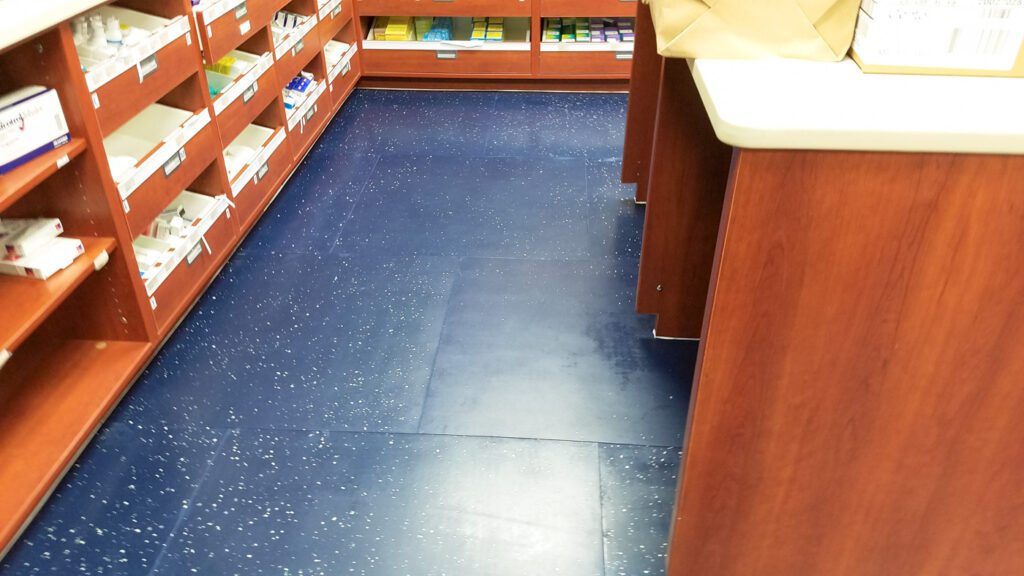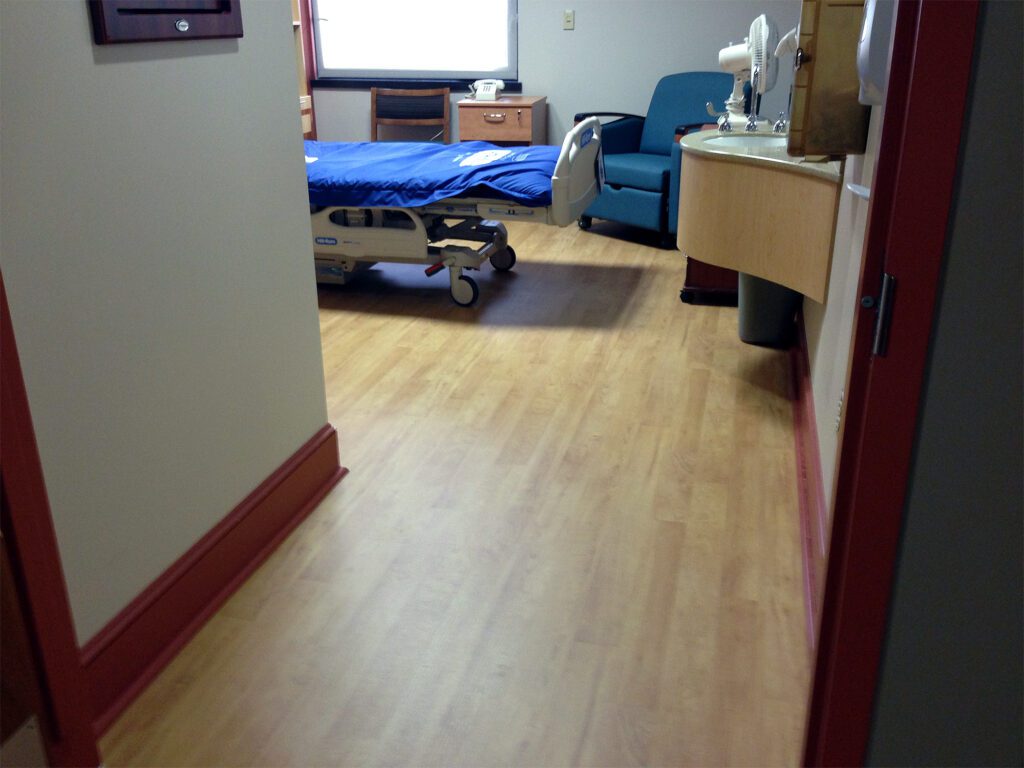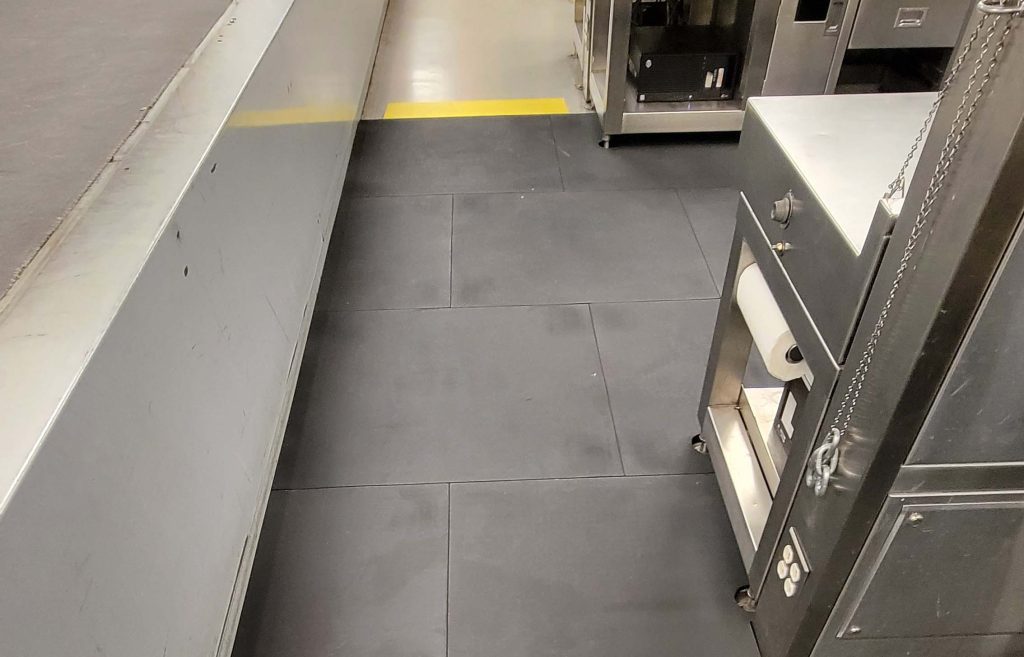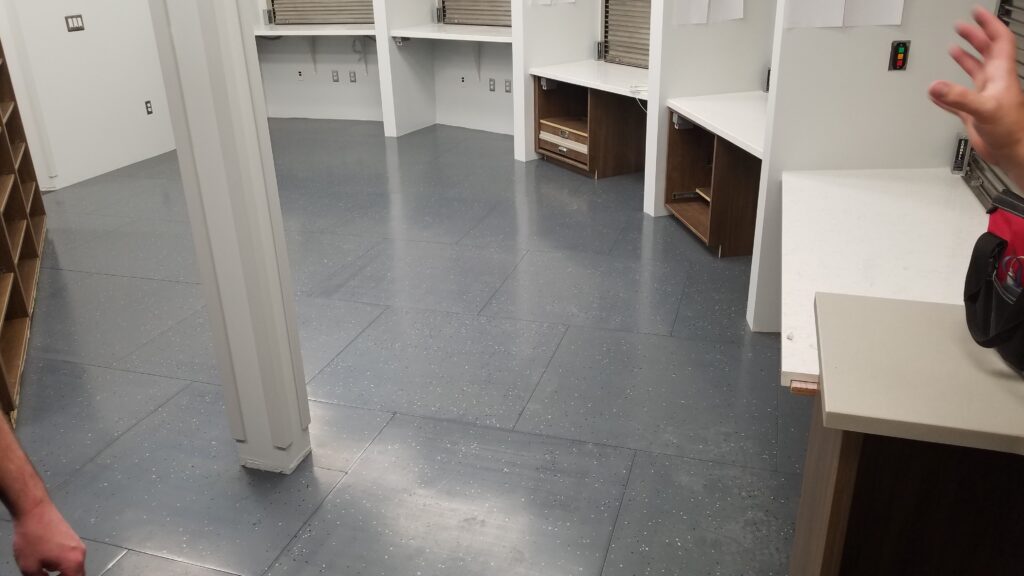Blog
The Fundamentals: Why Every Anti-Fatigue Solution Needs Balanced Cushion
- Derek Hawn
- February 7, 2019
- 10:42 pm
- No Comments
- 2 minutes
“I received my [SmartCells] mats just before Christmas and immediately switched them out with my old thicker mat. At first I had high doubts these thin mats would be better than my thick, cushy mat…” – Stacy Tilton, stacytiltonreviews.com
It might surprise you that we hear this a lot. However, the skepticism quickly dissipates when people like Stacy stand on one of our mats. The review typically ends like this:
“…But boy was I wrong. They are honestly AMAZING. They don’t squish down under your feet like the thicker ones, but you can feel it when you stand on them.” – Stacy Tilton
You see, many people assume that if a hard surface is painful to stand on, then the softer the surface, the more comfortable it will be. This conclusion is further solidified with the marketing of many anti-fatigue products as being the thickest, softest, or most buoyant anti-fatigue mat on the market.
That’s why many anti-fatigue products available are made primarily using foam or gel. Both are soft to the touch and can be compressed easily which placates the illusion that softer is better. However, the illusion quickly fades when one stands on either mat for an extended amount of time.
The gel squishes out of the way, leaving the user standing on the hard surface they were trying to avoid. While mats made with foam tend to get harder as they compress. To combat this issue, many foam mats are thicker than their gel or rubber counterparts.
This causes a problem, in and of itself.
Not only does a thicker mat increase the risk of tripping, the imbalance created by such a thick mat actually makes the user more fatigued. Imagine standing on a memory foam mattress all day. Your muscles would have to work a lot harder to keep you balanced which would counteract the desired effects of the cushion.
Much like the critical feature of support, which we discussed in this article, for an anti-fatigue solution to be effective it must also have the optimal amount of cushion.
In fact, there is a way to scientifically quantify the hardness/softness of a mat known as the elastic modulus. Using megapascals, or Mpa, to measure resistance to pressure, research has determined that the optimal elastic modulus range for an anti-fatigue solution is between 0.6 to 0.9 Mpa.
So, what makes our anti-fatigue mats different from the others?
They are built utilizing our patented SmartCells Cushioning Technology, which is specifically engineered to meet the latest research standards regarding optimal cushioning levels.
The unique SmartCells compress and absorb pressure/impact energy from standing, weight-shifting, walking, or from the impact of a fall. After reaching a “critical threshold” the cellular structures soften and collapse laterally, without bottoming out.
Unlike foam, SmartCells® get softer as force is applied and remain in this cushioned “sweet spot” for as long as the pressure remains. This allows SmartCells anti-fatigue products to maintain a lower profile, effectively minimizing tripping hazards while maximizing standing comfort.
Interested in a SmartCells Solution? Click the button below to request a product sample.
SmartCells: Solutions to Life’s Painful Problems.
Disinfecting, Dusting and Anti-fatigue Mats: The Importance of Cleanliness in the Workplace
New Year, New Solutions to Help Reduce the Risk of Fall-Related Injuries
Elevating Commercial Spaces with SmartCells Anti-Fatigue Mats
5 Kitchen Tips to Help Your Elderly Loved One Age-in-Place
The Hidden Hero: How SmartCells Help Reduce Pharmacy Errors
The Benefits of Ergonomics for the Aging Workforce
How much is pain costing you?
5 Ways To Make Your Elderly Loved One’s Bedroom Safer
Do You Know How Much Your Pain is Costing You?
Your Guide to Spring Cleaning
Let us help you find the right solution
Not sure where to start? Our customer service and sales representatives – who are just as knowledgeable about the product as the scientists who created it – would be happy to help you understand more.




